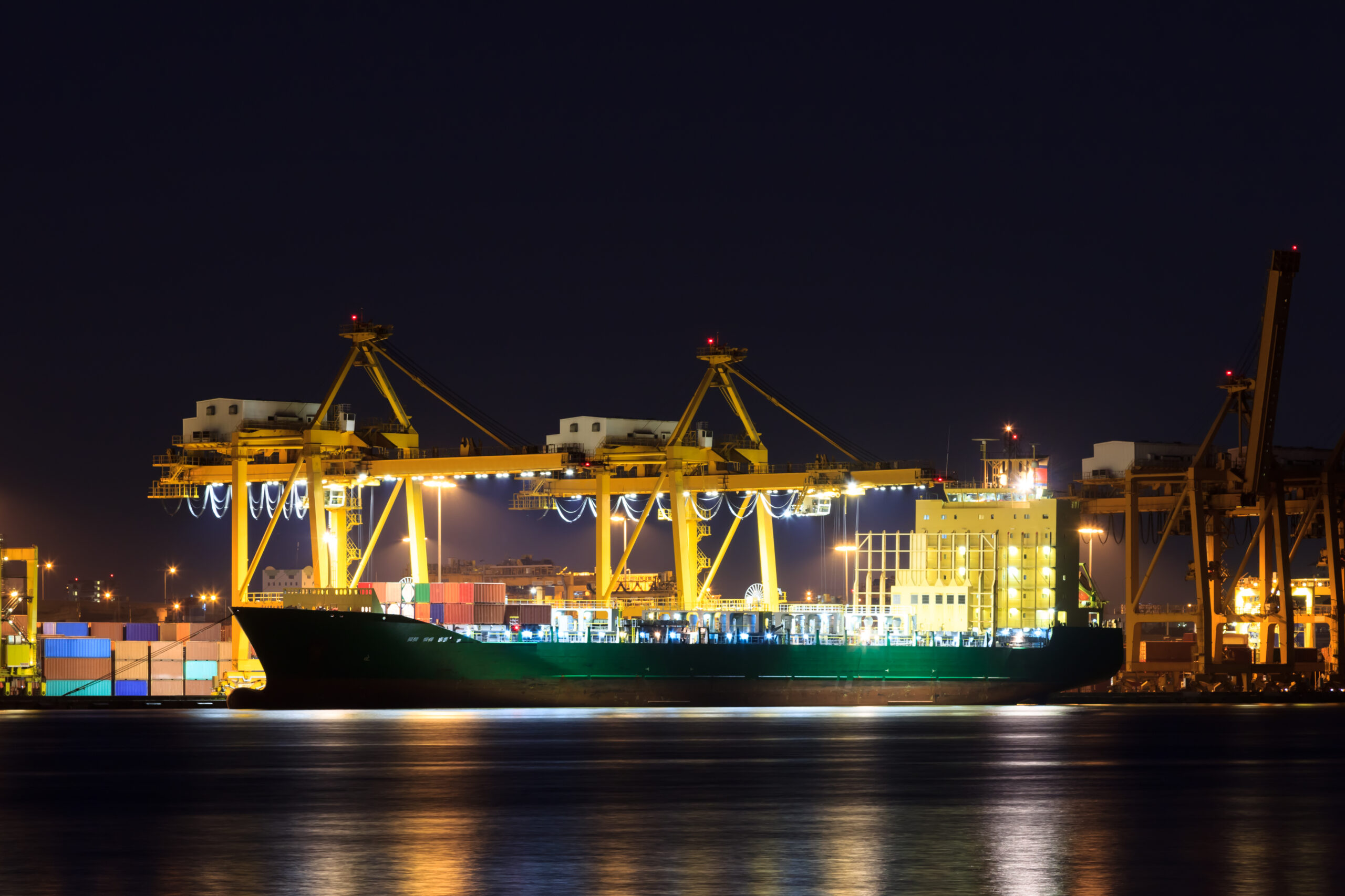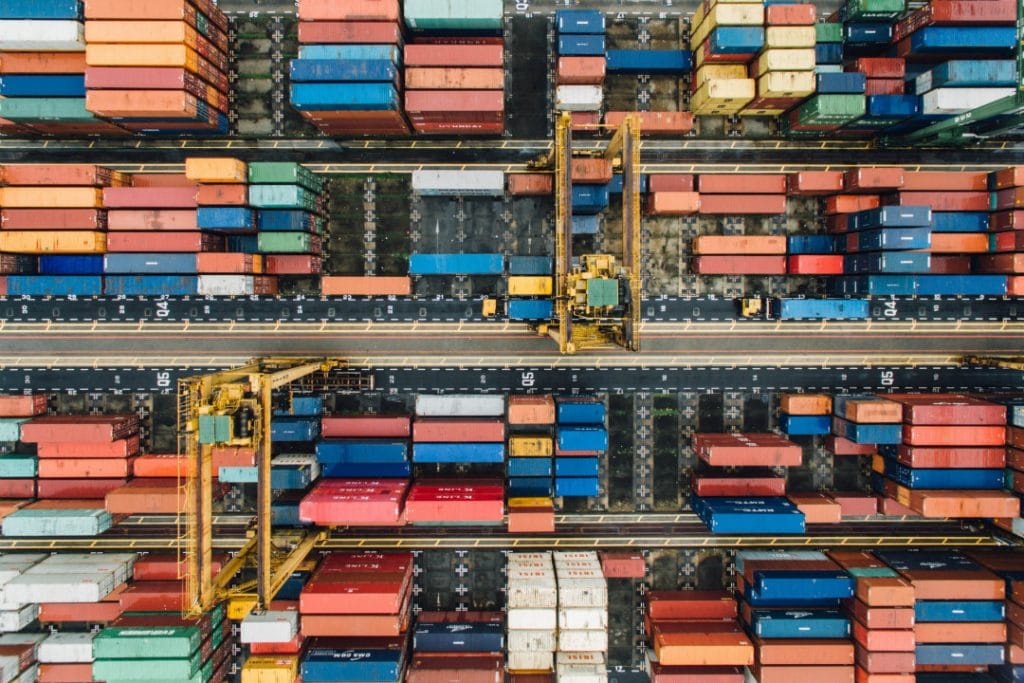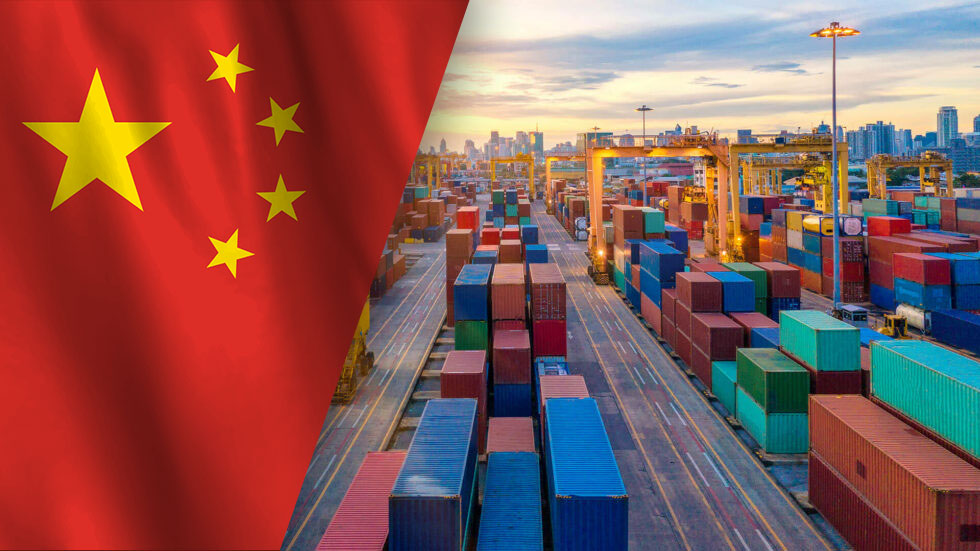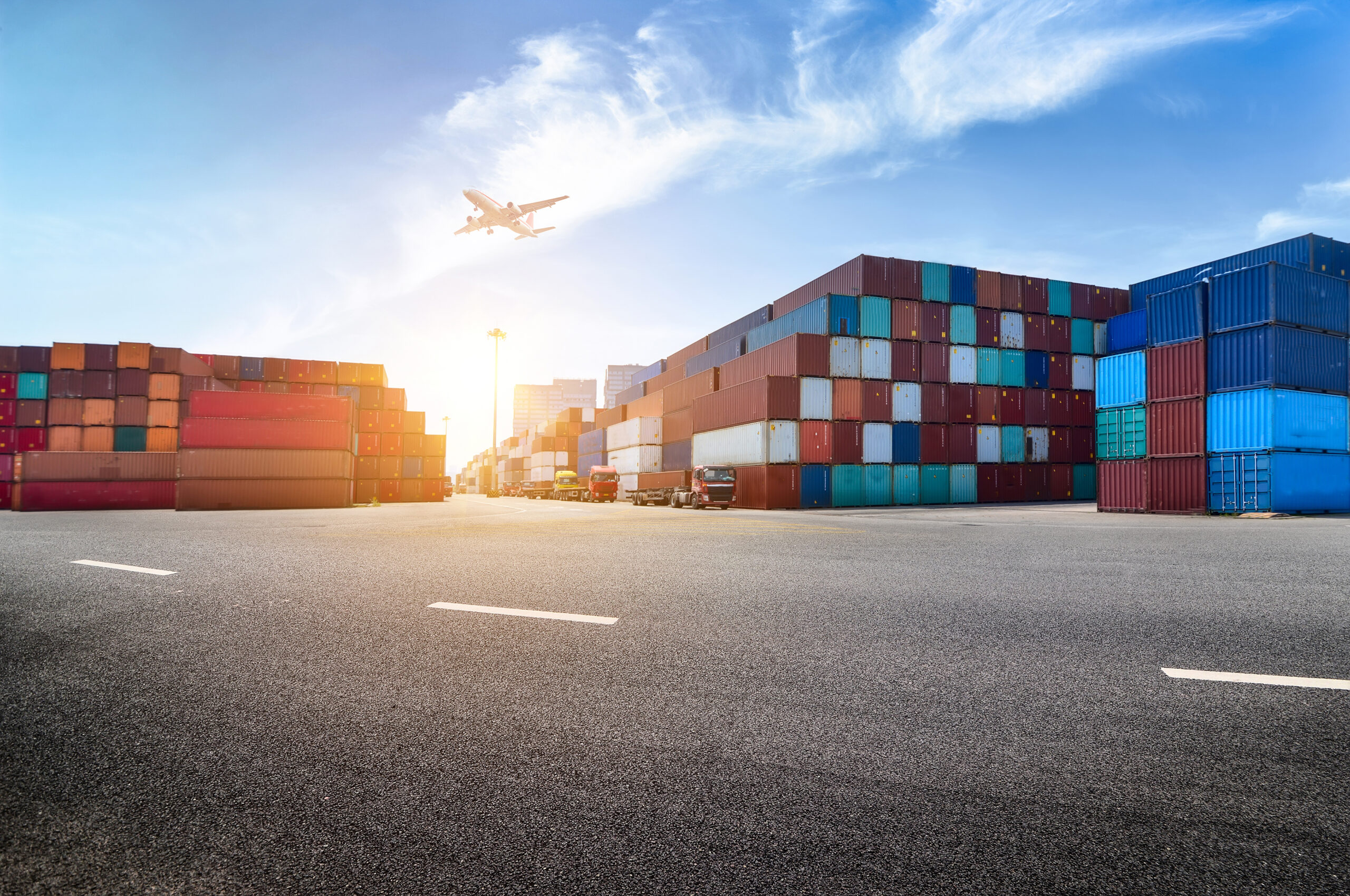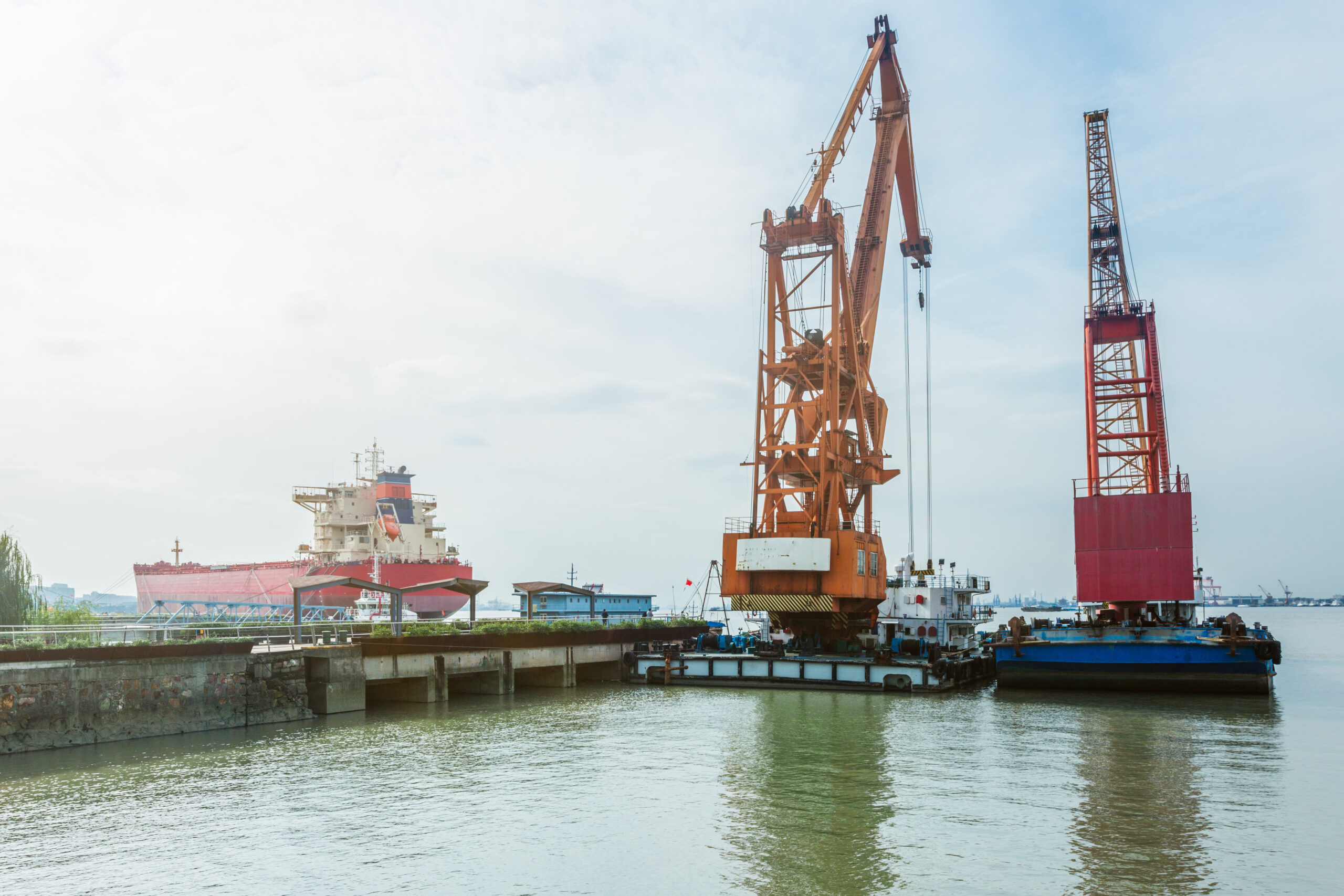Supply chain disruptions could last until 2023 according to TPM22 speakers, Charleston Port increases operating hours to cope with backlogs, the Port of Mobile receives DOT grant for further development and expansion, FMC grants Expeditors International a 90-day reprieve as they recover from February’s cyberattack, and shippers face rising fuel surcharges and shipping rates to both the East and West Coasts.
TPM Speakers Warn Supply Chain Challenges Could Continue Until 2023
At the TPM22 and TPM Tech conferences that ran from February 24 to March 2 in Long Beach, California, speakers warned that port issues and supply chain congestion could continue through 2022 and into 2023. Numerous speakers at the conferences were hesitant to estimate an exact date for when container demand would slow down, and congestion would abate. However, this likely won’t happen until consumer spending moves back to services to relieve at least some of the current demand on shippers and supply chains.
Some speakers at the TPM conferences estimated that while U.S. import demand will stay strong, it will be much lower than the peak of 2021. Additionally, many shippers have asked the Federal Maritime Commission (FMC) to act to reduce inflated freight rates along with limits on supply. However, the FMC has commented that it currently does not have an actionable case, a position that contrasts with the White House’s view.
The White House argues that the consolidation of container shippers is a threat to U.S. national security and economic competitiveness. It also predicts that the doubling of rates by container shipping companies between Asia and the U.S. will increase inflation for consumers by as much as 1% on top of last year’s 7.5% increase.
TPM speakers also voiced their concerns regarding the slowing Chinese economy caused by the default of China’s second-largest real estate developer, Evergrande, and a 4% deceleration in GDP growth for Q4. IHS Markit predicts that China’s GDP will drop from 2021’s 8.1% to 5.4% in 2022 and 5.3% in 2023.
Increasing U.S. and EU regulations will require shippers to trace the origins of goods and materials they transport beyond tier 1, such as ensuring that their goods do not contain banned materials made in China’s Xinjiang region or aluminum from Russian factories.
Sign up to Receive JMR’s Freight Market Updates Delivered Directly to Your Inbox
Charleston Port Works to Reduce Container Backlog by Extending Operating Hours
The next six weeks will see the Port of Charleston’s container terminals opening for Sunday truck gates while also extending its working hours to process the backlog of long-dwelling containers. Approximately one-third of all import containers at the port have been there for 15 days or longer, and clearing the backlog will mean the remaining ships waiting to dock will be processed faster. On March 4, Charleston had 18 ships waiting to dock, compared with the record 31 vessels nine days previously on February 23.
The extra Sunday work hours begin on March 6 until April 10 at Wando Welch, North Charleston and Hugh K. Leatherman terminals. The three terminals will also open up two hours earlier from Monday through Saturday, specifically for truckers who will take empty containers to the rail ramp and Norfolk Southern.
Before the pandemic, the port would have approximately 1,000 long-dwelling containers on-site. However, the first week of March saw more than 7,000. And with increased imports coming through Charleston from Asia of 27.3% year-over-year in January, making sure the port can operate at total capacity is a top priority. Port officials estimate that the current backlog of ships will be cleared by mid-April.
Port of Mobile Receives $38 Million Grant from DOT
The Port of Mobile will utilize its $38 million grant from the U.S. Department of Transport (DOT) to enhance its intermodal rail facility and access to its ship berths for greater efficiency. In theory, these investments will help prevent such high congestion levels as the previous years.
The port will also use its grant to increase warehouse space close and fund a connector bridge that will run between the container facility of the Mobile APM Terminals, the off-dock intermodal rail yard, and a logistics park. Another part of the grant will be invested in general infrastructure and site development around the port.
The funds received by the Alabama Port Authority came from the DOT’s Demonstration Program Grant, part of Congress’s 2020 Consolidated Appropriations Act designed to provide economic relief from the COVID-19 pandemic to citizens and businesses at the end of 2020.
The grant is welcome news after the Port of Mobile announced approximately $300 million in new intermodal projects designed to boost services to inland markets. This includes buying a 272-acre plot near Montgomery for a future inland port terminal.
Expeditors International Receives Filing Reprieve After Its February Cyberattack
Expeditors International was granted relief from some of its tariff filing requirements by the U.S. Federal Maritime Commission (FMC) on March 9 after the global logistics company continued to recover from a severe ransomware attack that began on February 20. While its brokerage system came back online this past week, Expeditors still has several other systems down, hindering operations.
The relief Expeditors requested from the FMC has given it a 90-day exemption until June 6 from publishing certain tariff information applying to cargo that it receives on and after March 8. Expeditors must also provide at least 30 days’ notice to shippers if there are to be any rate changes that result in additional costs.
Cyberattacks are currently the primary threat to the global shipping industry, especially while the Russian-Ukrainian war persists. Hapag-Lloyd reportedly fended off an attack in the first week of March, while other carriers such as Maersk, FedEx and others have all fended off attacks in recent years.
Fuel Surcharges and Rising Rates Worry Shippers
The last two weeks have seen significant increases in bunker fuel prices as market volatility from the Ukrainian-Russian war continues to cause problems that are starting to worry carriers and shippers alike. These price surges will soon increase container freight rates while shippers are already dealing with record spot prices in the trans-Pacific and globally.
Major hubs such as Singapore, New York and Rotterdam have all recorded metric ton fuel prices of $986 for very low sulfur fuel oil (VLSFO), a 26% increase since Russia’s invasion of Ukraine in late February. Approximately 70% of the global container carrier fleet runs on VLSFO fuel and will be affected by these increasing prices. For container carrier Hapag-Lloyd, this indicates a potential cost increase between $2 billion and $2.5 billion.
Bunker adjustment factors (BAFs) will soon pass these costs on to shippers. If the current prices continue for the rest of the year, shippers could see an average fuel cost of $39 per TEU, although there is a chance this is not the peak of fuel price increases as the Russian invasion of Ukraine continues.
Shippers must also simultaneously manage record-high rate levels. Short-term rates from Asia to the U.S. West Coast have risen 144% year-over-year, while carriers have also been charging shippers additional “priority fees” of as much as $6,388 that guarantee space on full container ships. This week also saw the price for TEU containers from Europe to the U.S. East Coast reach $5,527 per container, more than double that of the previous year.
Sign up to Receive JMR’s Freight Market Updates Delivered Directly to Your Inbox

